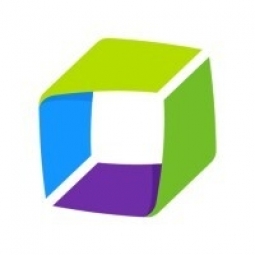Customer Company Size
Large Corporate
Region
- Europe
Country
- Italy
Product
- Dynatrace
Tech Stack
- AI-powered systems
- Hybrid-cloud environment
Implementation Scale
- Enterprise-wide Deployment
Impact Metrics
- Productivity Improvements
- Customer Satisfaction
Technology Category
- Application Infrastructure & Middleware - API Integration & Management
Applicable Industries
- Transportation
Applicable Functions
- Logistics & Transportation
Use Cases
- Real-Time Location System (RTLS)
- Public Transportation Management
Services
- System Integration
About The Customer
Aeroporti di Roma (ADR) is the largest airport operator in Italy, handling almost 50 million travelers annually. It connects over 100 airlines across two airports and generates around €1 billion in annual revenue as of 2019. Digital systems are at the heart of ADR’s efficiency, underpinning all critical airport processes that keep travelers moving, including security checks, border control, baggage handling, airside operations, and traveler information systems such as those used for check-in and travel updates.
The Challenge
Aeroporti di Roma (ADR) relied heavily on digital systems for its efficiency, which underpinned all critical airport processes. However, the reliance on multiple systems and third parties, manual triaging, and the lack of a single source of truth complicated efforts to resolve issues quickly or optimize experiences. A single critical application being offline for a few minutes could lead to huge queues at check-in, border control, or baggage handling desks, risking travelers missing their flights. To create best-in-class airport experiences for passengers, ADR needed an in-house observability and security platform that could unify data from across its hybrid-cloud environment.
The Solution
ADR selected Dynatrace for its ability to unify observability and security data from its on-premises and cloud infrastructure. Dynatrace’s extensive automation capabilities would enable ADR to optimize its services and resolve issues, without time-consuming manual human intervention. Dynatrace seamlessly integrates with ADR’s existing IT Service Management solution. It automatically creates tickets when it discovers problems, identifies the root cause, and instantly routes them to the right team within ADR to facilitate proactive resolution. Dynatrace alerts ADR to any new security vulnerabilities as they emerge in its environments, while automatically prioritizing them based on the risk to the airports’ systems and travelers.
Operational Impact
Quantitative Benefit

Case Study missing?
Start adding your own!
Register with your work email and create a new case study profile for your business.
Related Case Studies.
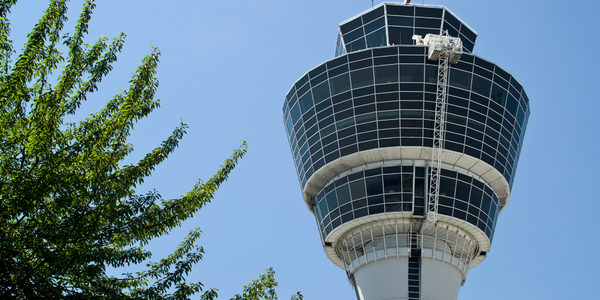
Case Study
Airport SCADA Systems Improve Service Levels
Modern airports are one of the busiest environments on Earth and rely on process automation equipment to ensure service operators achieve their KPIs. Increasingly airport SCADA systems are being used to control all aspects of the operation and associated facilities. This is because unplanned system downtime can cost dearly, both in terms of reduced revenues and the associated loss of customer satisfaction due to inevitable travel inconvenience and disruption.
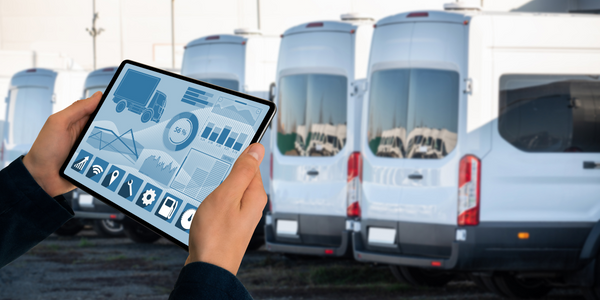
Case Study
IoT-based Fleet Intelligence Innovation
Speed to market is precious for DRVR, a rapidly growing start-up company. With a business model dependent on reliable mobile data, managers were spending their lives trying to negotiate data roaming deals with mobile network operators in different countries. And, even then, service quality was a constant concern.
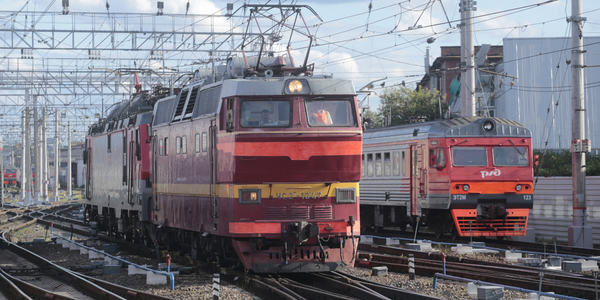
Case Study
Digitize Railway with Deutsche Bahn
To reduce maintenance costs and delay-causing failures for Deutsche Bahn. They need manual measurements by a position measurement system based on custom-made MEMS sensor clusters, which allow autonomous and continuous monitoring with wireless data transmission and long battery. They were looking for data pre-processing solution in the sensor and machine learning algorithms in the cloud so as to detect critical wear.
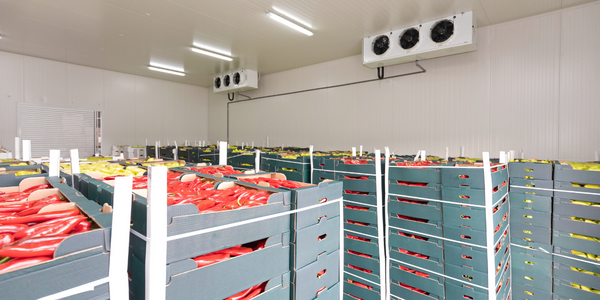
Case Study
Cold Chain Transportation and Refrigerated Fleet Management System
1) Create a digital connected transportation solution to retrofit cold chain trailers with real-time tracking and controls. 2) Prevent multi-million dollar losses due to theft or spoilage. 3) Deliver a digital chain-of-custody solution for door to door load monitoring and security. 4) Provide a trusted multi-fleet solution in a single application with granular data and access controls.
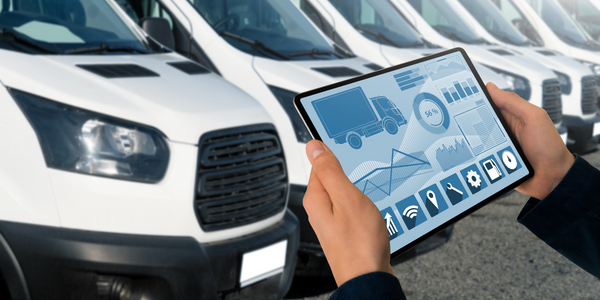
Case Study
Vehicle Fleet Analytics
Organizations frequently implement a maintenance strategy for their fleets of vehicles using a combination of time and usage based maintenance schedules. While effective as a whole, time and usage based schedules do not take into account driving patterns, environmental factors, and sensors currently deployed within the vehicle measuring crank voltage, ignition voltage, and acceleration, all of which have a significant influence on the overall health of the vehicle.In a typical fleet, a large percentage of road calls are related to electrical failure, with battery failure being a common cause. Battery failures result in unmet service agreement levels and costly re-adjustment of scheduled to provide replacement vehicles. To reduce the impact of unplanned maintenance, the transportation logistics company was interested in a trial of C3 Vehicle Fleet Analytics.

Case Study
3M Gains Real-Time Insight with Cloud Solution
The company has a long track record of innovative technology solutions. For example, 3M helps its customers optimize parking operations by automating fee collection and other processes. To improve support for this rapidly expanding segment, 3M needed to automate its own data collection and reporting. The company had recently purchased the assets of parking, tolling, and automatic license plate reader businesses, and required better insight into these acquisitions. Chad Reed, Global Business Manager for 3M Parking Systems, says, “With thousands of installations across the world, we couldn’t keep track of our software and hardware deployments, which made it difficult to understand our market penetration.” 3M wanted a tracking application that sales staff could use to get real-time information about the type and location of 3M products in parking lots and garages. So that it could be used on-site with potential customers, the solution would have to provide access to data anytime, anywhere, and from an array of mobile devices. Jason Fox, Mobile Application Architect at 3M, upped the ante by volunteering to deliver the new app in one weekend. For Fox and his team, these requirements meant turning to the cloud instead of an on-premises datacenter. “My first thought was to go directly to the cloud because we needed to provide access not only to our salespeople, but to resellers who didn’t have access to our internal network,” says Fox. “The cloud just seemed like a logical choice.”




